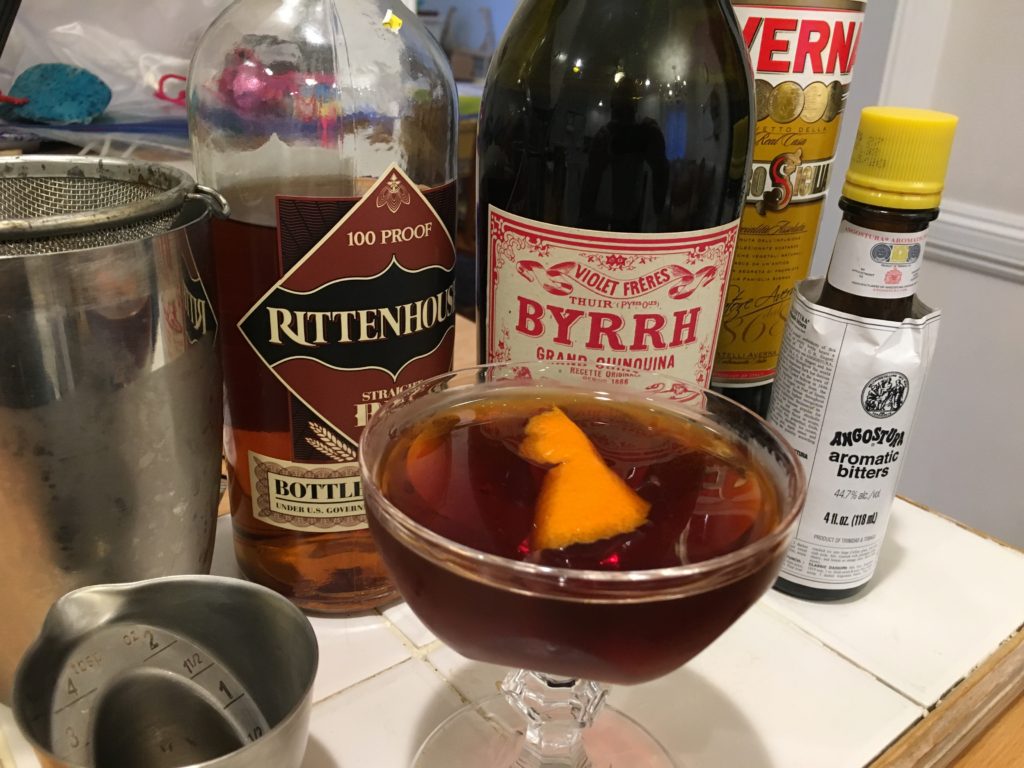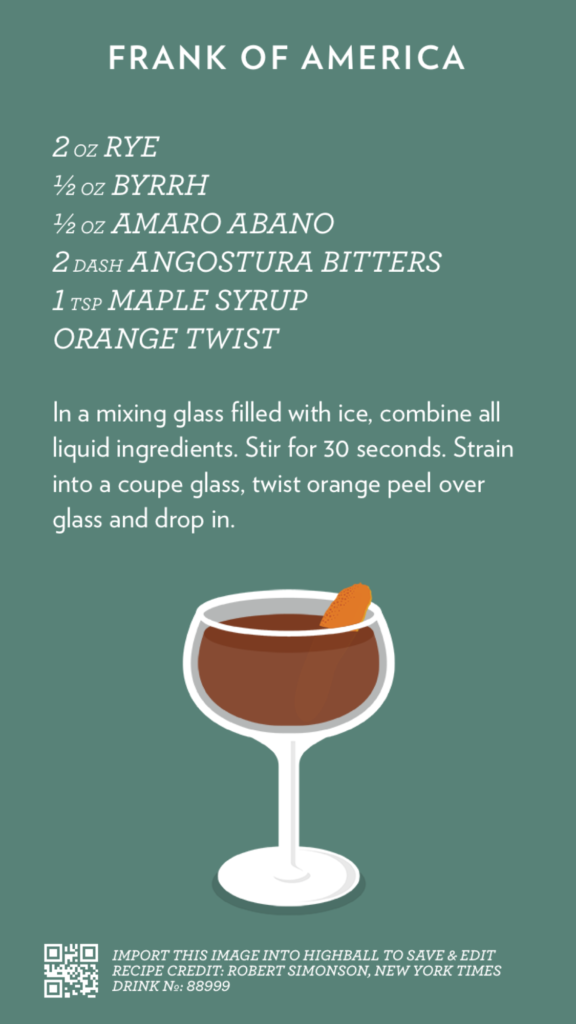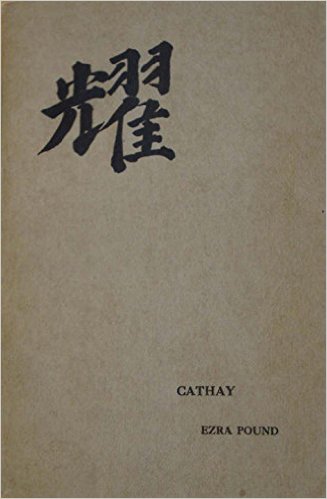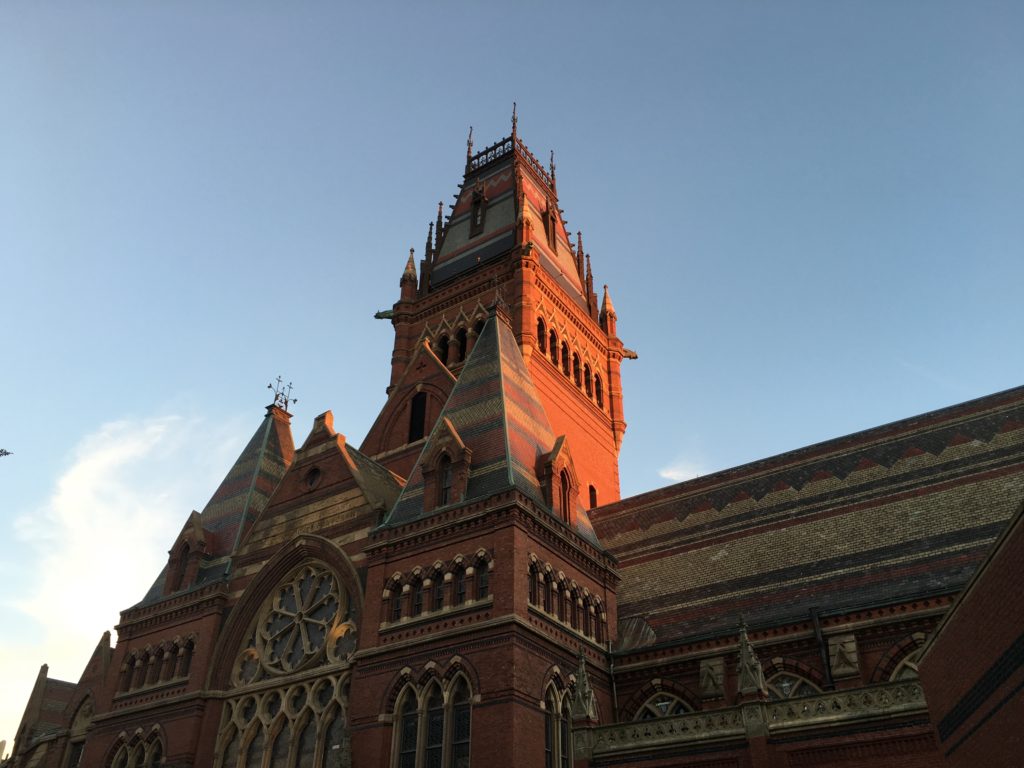One of the things I’ve been theoretically excited about for a while in iOS land is the coming of HomeKit, the infrastructure for an Internet of Things platform for the home that includes standard controller UI and orchestration of things like smart thermostats, light bulbs, garage door openers, blinds, and other stuff.
I’ve been personally and professionally skeptical of IoT for a while now. The combination of bad UX, poor software engineering, limited upgradeability, and tight time to market smells like an opportunity for a security armageddon. And in fact, a research paper from my company, Veracode, suggests just that.
So my excitement over HomeKit has less to do with tech enthusiast wackiness and more to do with the introduction of a well thought out, well engineered platform for viewing and controlling HomeKit, that hopefully removes some of the opportunities for security stupidity.
But now the moment of truth arrives. We have a cheap thermostat that’s been slowly failing – currently it doesn’t recognize that it has new batteries in it, for instance. It only controls the heating system, so we have a few more weeks to do something about it. And I thought, the time is ripe. Let’s get a HomeKit-enabled thermostat to replace it.
But the market of HomeKit enabled thermostats isn’t very good yet. A review of top smart thermostat models suggests that Nest (which doesn’t support HomeKit and sends all your data to Google) is the best option by far. The next best option is the ecobee3, which does support HomeKit but which is $249. And the real kicker is that to work effectively, both require a C (powered) wire in the wall, which we don’t have, and an always on HomeKit controller in the house, like a fourth generation Apple TV, to perform time-based adjustments to the system.
So it looks like I’ll be investing in a cheap thermostat replacement this time, but laying the groundwork for a future system once we have a little more cash. I wanted to start working on the next-gen AppleTV soon anyway. Of course, to get that, I have to have an HDMI enabled receiver…





